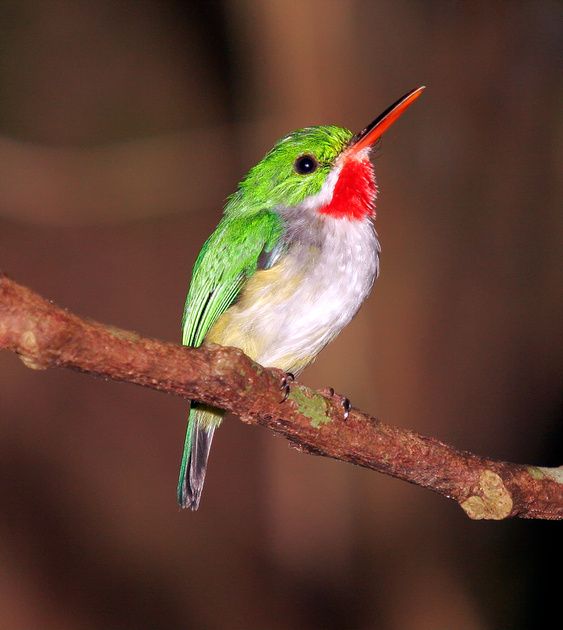- cross-posted to:
- earth@hexbear.net
- cross-posted to:
- earth@hexbear.net
The cave swallow (Petrochelidon fulva) is a medium-sized, squarish-tailed swallow belonging to the same genus as the more familiar and widespread cliff swallow of North America. The cave swallow, also native to the Americas, nests and roosts primarily in caves and sinkholes. Cave Swallows are dark above and pale below. The most notable features for ID include the chestnut rump, forehead, and cheeks, and the pale chestnut throat. An aerial insectivore that eats insects on the wing. They nest colonially and forage in groups, often with other swallows. Cave Swallows nest in caves, sinkholes, and more recently under bridges and in culverts. They forage over open areas frequently near water. Cave Swallows fly with deep and strong wingbeats interspersed with frequent glides. When they enter a cave, they float down into it and fly back out in a spiral. They spend most of their time aloft, but head to the ground to collect tiny balls of mud or bat guano to build a nest. They collect mud after recent rains or along the edges of rivers and springs with moist soil. While on the ground, they continually flutter their wings, which scientists suggest could be to confuse predators, to prevent their wings from touching the ground and getting soiled, or to discourage unwanted advances from males, which often attempt to mate with females while they are on the ground. They nest in colonies and forage in single-species groups as well as with other swallows. Cave Swallows eat flying insects on the wing, foraging at heights up to 350 feet. They consume numerous flying insects such as seed bugs, assassin bugs, short-horned grasshoppers, green lacewings, ladybird beetles, aphids, moths, wasps, bees, and flies. They usually feed in loose flocks throughout the day. They also drink water on the wing, gently skimming the surface of the water with their bill. Most often these birds are preyed upon by birds of prey. Cave Swallows sing a series of squeaks, complex warbles, gurgles, and knocks that lasts for about 6 seconds. The song tends to lack the static-like sounds of Cliff Swallows. Cave Swallows chatter in flight with a high-pitched zreet that they repeat multiple times. Here is a link so you can listen to this bird too.

